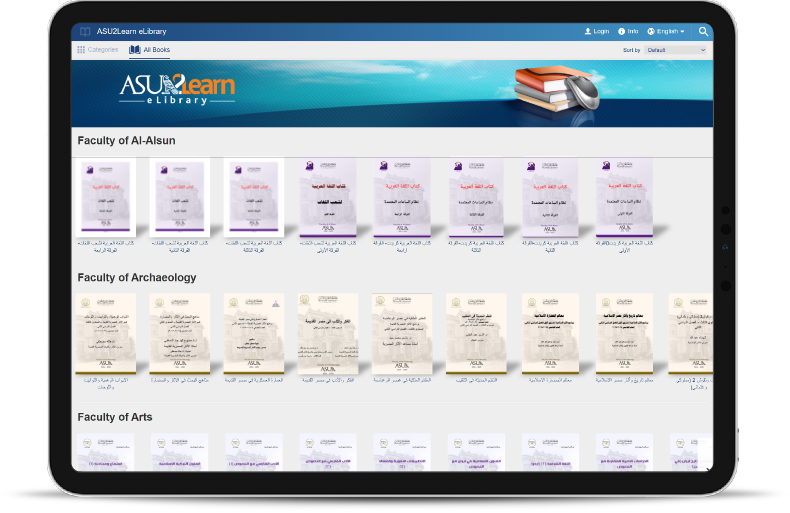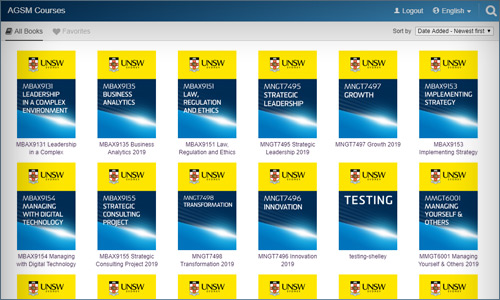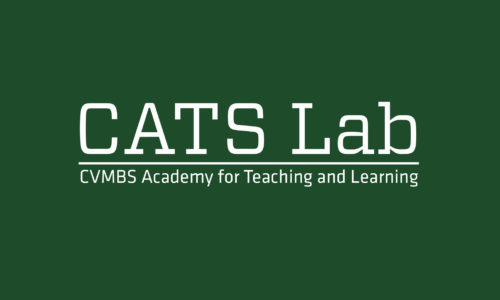The Challenge
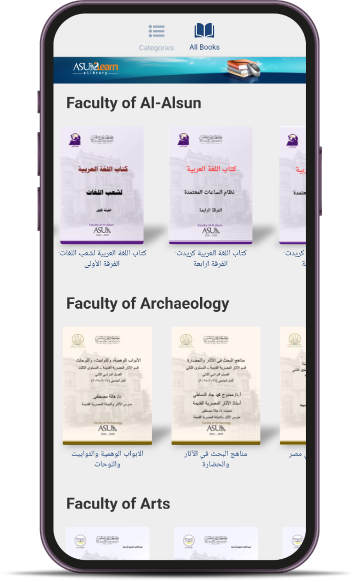
Tell us about yourself and the nature of your work
I’m Dr. Dalia Ahmed Yoused, an educator and elearning specialist with a background and experience in academia and management. I’m also a lecturer at the Faculty of Medicine at Ain Shams University.
Currently, I serve as the Director of the Central E-learning Unit at Ain Shams University. Additionally, I am the Deputy Director of the International Institute of Online Education, Egypt Centre (IIOE Egypt), which is affiliated with UNESCO ICHEI.
In both roles, I lead the implementation of many initiatives that redefine the intersection of technology and education. The main goal behind these initiatives is to foster a more engaging and accessible learning experience for both students and educators.
What challenges did you face before using Kotobee?
We encountered a number of issues when developing our ebooks before Kotobee. For example:
- Our ebooks lacked consistency in layout and formatting, making it difficult to maintain a professional and cohesive look across different publications.
- Ensuring proper copyright protection for our digital content was a major concern.
- Adding interactive elements such as quizzes, pop-ups, and navigation tools was technically challenging and required significant manual effort, often with unsatisfactory results.
- Embedding multimedia content, such as videos and images, was neither streamlined nor user-friendly, which in turn affected the performance and usability of the final ebook.
- Students often struggled with viewing or navigating the ebooks, leading to a poor and frustrating learning experience.
What potential solutions did you explore that didn't work out?
At Ain Shams University, we are recognized as a mega university, with over 200,000 students enrolled annually. In response to a regulation issued by the Supreme Council of Universities mandating the transition of all university textbooks to electronic formats, faculties had to undergo a multi-phase transformation process.
Initially, we tried distributing PDF versions of textbooks on CDs or flash drives. But this quickly raised concerns around copyright violations, and from a technical standpoint, it just wasn’t a sustainable or efficient solution.
In the next phase, we moved to uploading PDFs directly to our LMS. That improved accessibility slightly, but many of the same issues remained. The ebooks were still static, non-interactive, and lacked a dedicated reading environment. Students found them hard to navigate, and the experience didn’t meet their expectations for what modern digital learning should be.
At that point, it became clear to us that we needed something more interactive, secure, and user-friendly; a solution that could truly enhance the learning experience rather than just digitize content.
“We valued Kotobee’s ability to deliver fully branded ebook libraries and reader apps, both mobile and desktop. This allowed us to maintain our university’s identity while offering students a seamless and consistent reading experience.”
The Solution
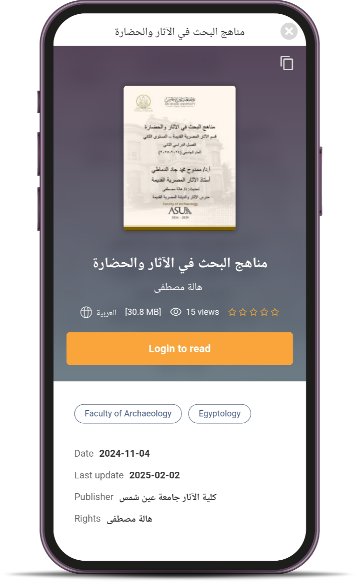
How did you hear about Kotobee?
Before we officially launched the eLibrary project, our project management team at the Central eLearning Unit carried out thorough research and analysis to explore potential solutions. We were looking for a platform that could support our vision, something that offered interactivity, security, and accessibility.
As we reviewed different tools, Kotobee immediately stood out. It checked all the boxes from both a technical and educational standpoint, and it felt like a natural fit for the kind of experience we wanted to create for our students and faculty.
What drove you to choose Kotobee?
There were a number of reasons, really. One of the biggest was that Kotobee is an Egyptian company, which made a huge difference. Not just in terms of proximity, but also in how well they understood the local educational environment. It made communication smoother and implementation faster.
We also valued Kotobee’s ability to deliver fully branded ebook libraries and reader apps, both mobile and desktop. This allowed us to maintain our university’s identity while offering students a seamless and consistent reading experience.
The Kotobee Reader app offered everything we were looking for: interactivity, offline access, and multimedia support. These features made a noticeable difference in how students engaged with the content.
Another key factor was LTI integration. Kotobee’s compatibility with Learning Tools Interoperability (LTI) made it easy to integrate ebooks into our multiple Moodle LMS instances and facilitated access for students and university staff.
On the content creation side, Kotobee Author provided a powerful yet easy-to-use toolset. Our university staff were able to create rich, interactive ebooks without needing advanced technical skills, which really accelerated adoption.
And finally, we received continuous support and training from the Kotobee team. That hands-on guidance helped our staff get up to speed quickly and made the whole implementation process smooth and effective.
What specific aspect of your ebook are you most proud of?
Honestly, I’m proud of the entire ASU2Learn eLibrary. It’s not just a digital library, it’s a branded platform that represents Ain Shams University’s identity and leadership in digital transformation. And the fact that it’s one of the first interactive eLibraries at a governmental university in Egypt makes it even more meaningful.
What stands out for me is the flexibility and functionality it offers. The library is highly customizable, with a wide range of configuration options that allow us to tailor it to the needs of different faculties and departments. Plus, it integrates seamlessly with our multiple Moodle instances through LTI, which makes access easy and consistent for students across the university.
On the content creation side, Kotobee Author has been a game changer. It offers a variety of templates and powerful interactive features, which gave our instructors the freedom to design engaging, media-rich digital textbooks without needing to rely on external developers or complex tools.

“Kotobee Author has been a game changer. It offers a variety of templates and powerful interactive features, which gave our instructors the freedom to design engaging, media-rich digital textbooks without needing to rely on external developers or complex tools.”
The Results
What metrics do you use to measure the success of your project? Has Kotobee affected those metrics in any way?
Yes, absolutely. We’ve been tracking a range of key metrics to evaluate the success of the ASU2Learn eLibrary, and we’ve seen steady growth each semester since implementation. Some of the metrics we focus on include:
- The number of ebooks created by university staff
- The number of students accessing ebooks through the LMS
- The number of downloads from the ASU2Learn mobile app
- The number of ebooks opened and actively used
- The number of interactive elements clicked, such as videos, links or pop-ups
- The number of questions answered within the ebooks
- And the number of university staff trained and involved in ebook creation
So far, we’ve seen a steady increase across all these indicators. It’s a clear sign that digital learning is becoming more naturally integrated into the educational experience at Ain Shams University.
The Future
What are your plans for the future?
We plan to continue using Kotobee to expand the ASU2Learn eLibrary across all faculties. Our goal is to make sure that every department at Ain Shams University is not only contributing to the eLibrary but also benefiting from it.
That means supporting more teams in adopting ebook creation, offering ongoing training for instructors, and ultimately making ASU2Learn a central academic resource for all students, no matter their program or field of study.
We see the eLibrary as a long-term investment in digital education, and we’re excited to build on the momentum we’ve already started.


